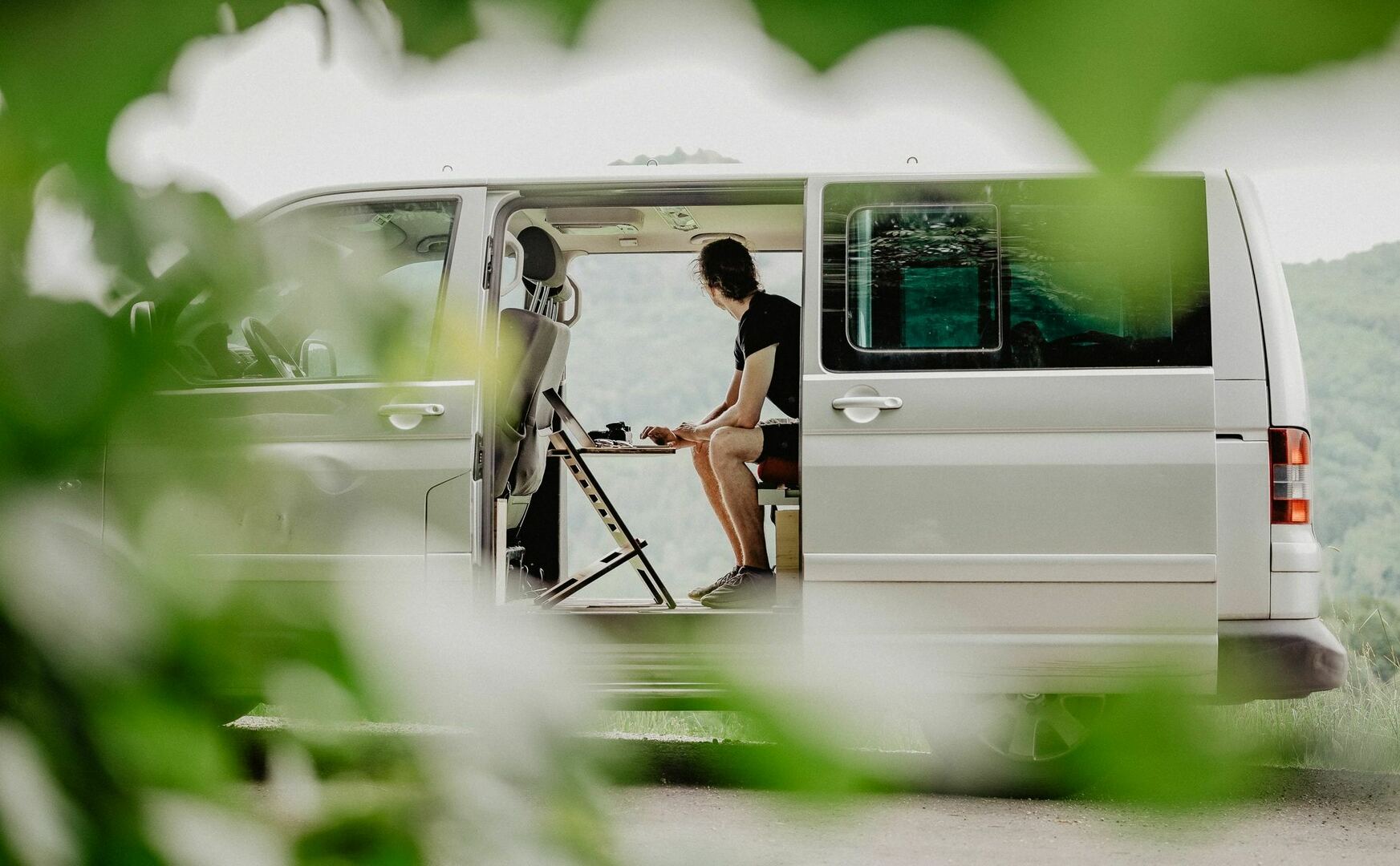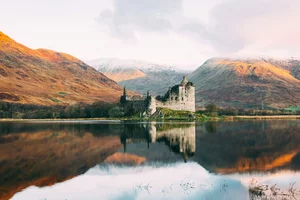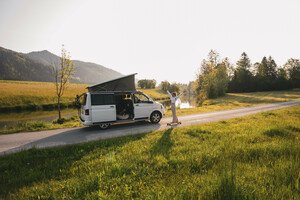Round Trip Through Eastern Europe With PIA Camper
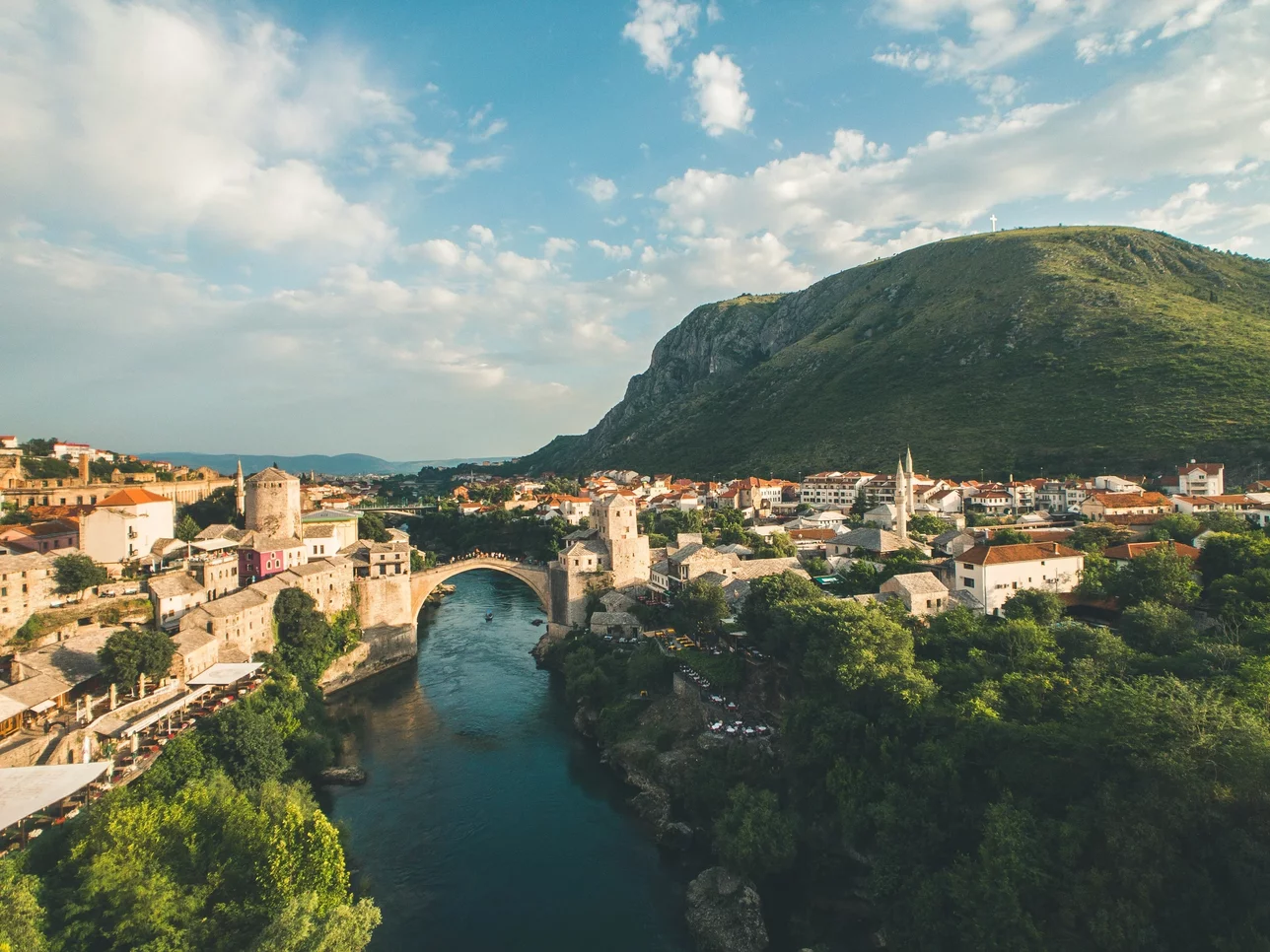
Eastern Europe is rich in history and culture, and every city you visit on this route offers a wealth of experiences and impressions. The journey begins in Austria, a country known for its majestic Alps, charming towns and friendly people. From here, the route takes you through several countries, each with their own unique attractions and stories to tell.
During the journey, you'll have the opportunity to explore historic cities that have preserved their medieval roots, visit vibrant metropolises with buzzing nightlife and modern amenities, and traverse picturesque landscapes that range from majestic mountains to sweeping plains. You'll marvel at impressive architecture, from imposing cathedrals and castles to charming old towns and modern buildings.
This trip promises not only cultural and historical highlights, but also a deep connection to nature. You can hike through unspoilt forests, travel along tranquil rivers and enjoy the fresh mountain air. Meeting the locals, tasting the regional cuisine and immersing yourself in the different lifestyles and traditions of the various countries will leave you with unforgettable memories. From the warm hospitality of the people to the culinary delights - every experience will enrich your trip.
This two-week round trip is not only an opportunity to experience the impressive sights and rich history of Eastern Europe, but also a chance to enjoy the freedom and flexibility of travelling by camper to the fullest. Whether you're an experienced camper or a newcomer to the sport, this trip will provide you with unforgettable adventures and experiences that you'll remember forever.
Grab your PIA camper now and set off on your next adventure!
Tips for planning your trip
Good preparation and planning are essential for a smooth journey. Here are a few tips in advance:
Preparing the Camper
- Before departure, a comprehensive technical check of the camper should be carried out, including checking the oil level, tyre pressure, brakes and lights. (Of course, we will do this if you are travelling with one of our PIA campers!)
- A well-stocked emergency kit with first aid kit, tools, spare tyres, tow rope and safety waistcoats is essential.
Planning and Organisation
- Make sure you have all the necessary travel documents to hand, including passports, driving licences, vehicle registration documents and insurance papers.
- In high season, it is advisable to book campsites in advance to avoid disappointment.
Safety on the Road
- Use anti-theft devices such as steering wheel locks and alarm systems, especially in urban areas and remote locations.
- Use apps that provide safety information and travel warnings for the countries you are visiting, such as those from the BMEIA.
Navigation and Route Planning
- Update your navigation systems and always have an up-to-date road map with you as a backup.
- Find out about the traffic regulations and tolls in the countries you are visiting.
Health and Hygiene
- A well-stocked first-aid kit with medication for common travel illnesses and personal medication is important.
- Pack enough toiletries, including wet wipes and sanitiser.
Local Currency and Means of Payment
- Take both cash in the local currency and credit cards with you, as card payments are not accepted everywhere.
- Find out about bureaux de change along the route so that you can change money if necessary.
Leisure and Entertainment
- Use travel guides and apps to discover sights and activities along the route.
- Pack books, games and music to pass the time during longer journeys.
Route Overview
Day 1-2: Departure from Austria and arrival in Hungary
Day 3-4: From Budapest to Romania
Day 5-6: Onward journey to Bulgaria
Day 7-8: Exploring Sofia, Bulgaria
Day 9-10: From Sofia to Serbia
Day 11-12: From Belgrade to Bosnia and Herzegovina
Day 13: Return journey via Croatia
Day 14: Return to Austria
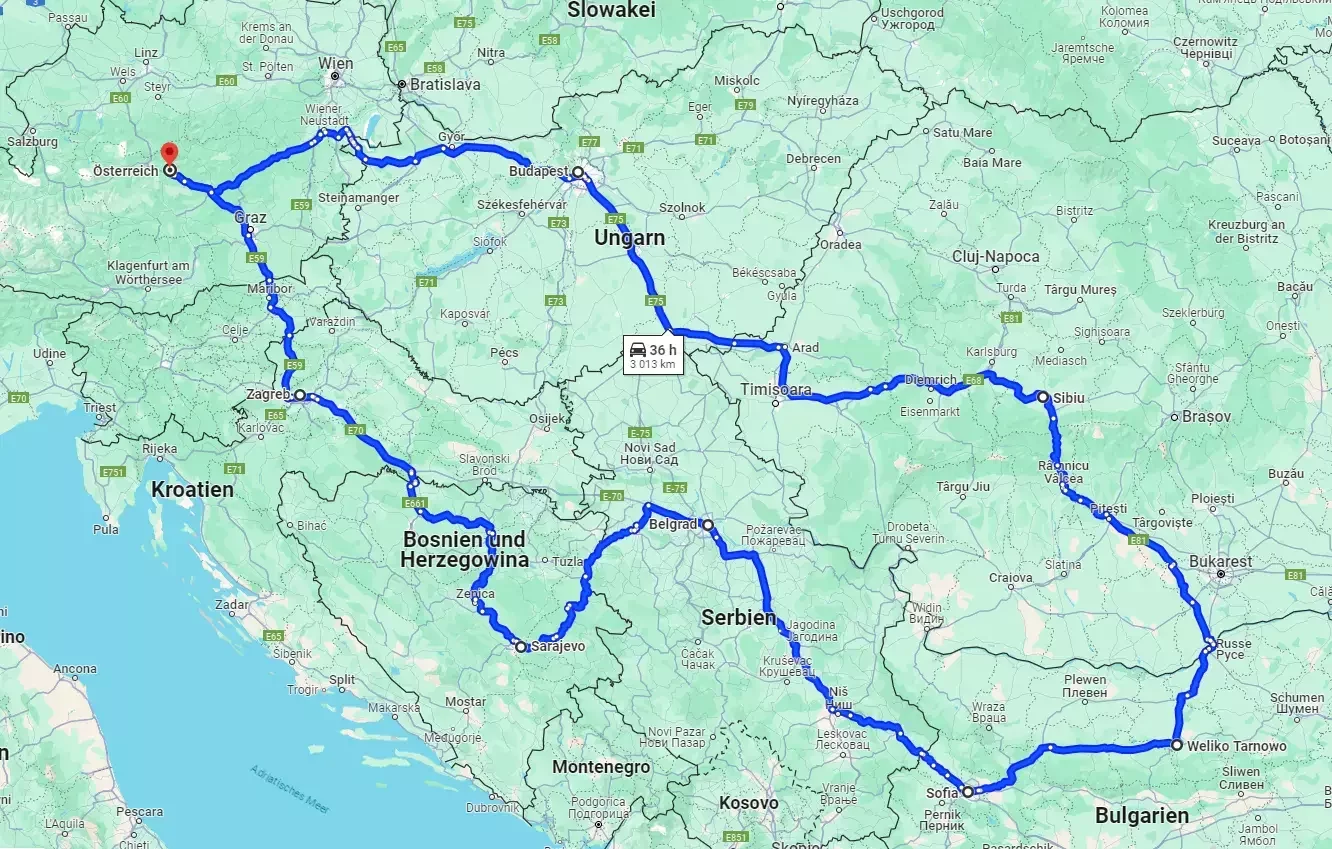
in total approx. 3000 km
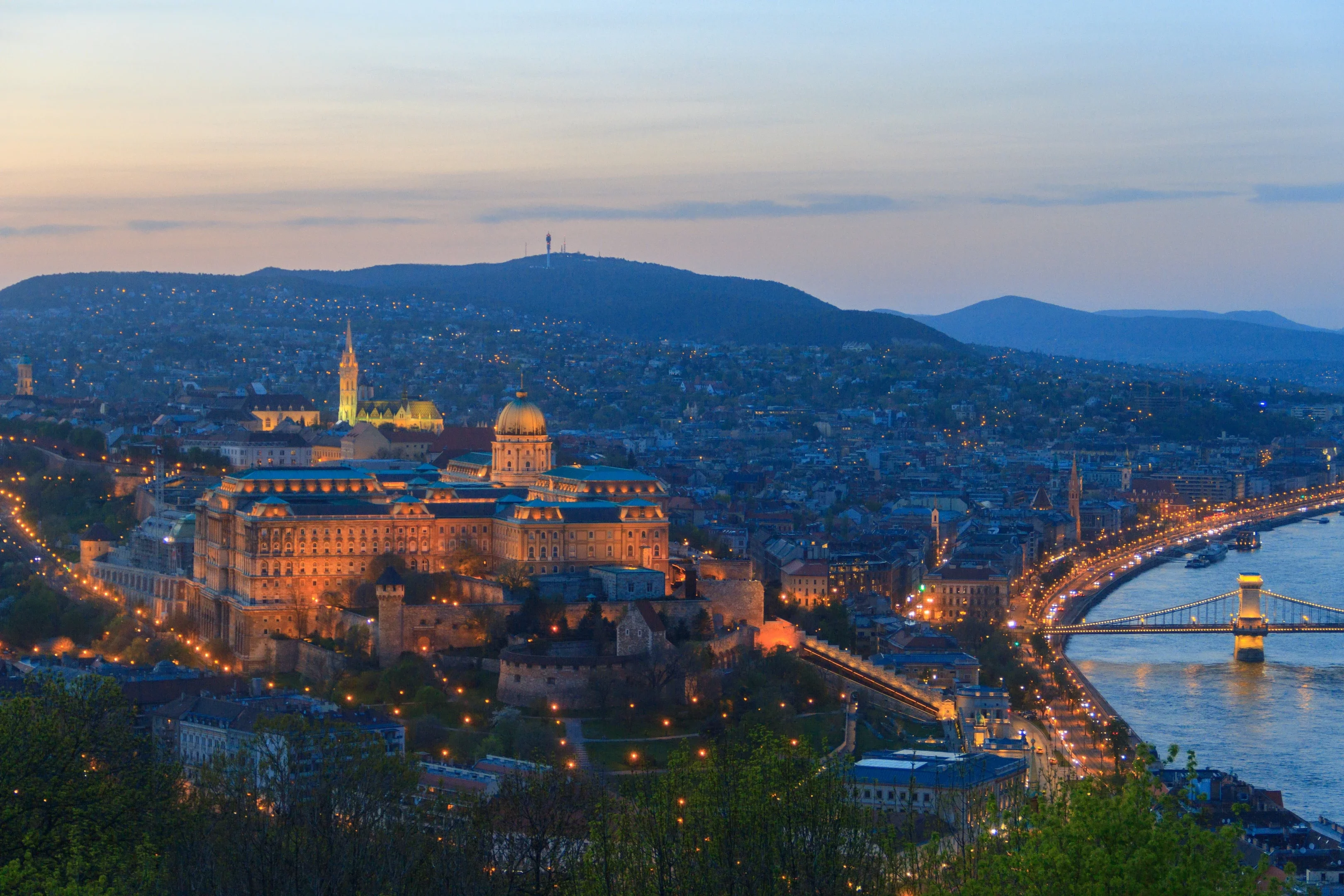
The journey begins at one of our 13 PIA Camper locations in Austria. Depending on the starting point, the journey to Budapest, Hungary, is between 250 km and 700 km. This impressive city offers numerous sights such as the imposing parliament building, the historic Buda Castle and the iconic Chain Bridge. You can also visit the Széchenyi thermal baths, take a boat trip on the Danube or explore the lively markets and the Jewish synagogue. Overnight accommodation is available at various campsites near the city, which provide a good base for exploring.
Campsites
- Camping Haller - A centrally located campsite just a few minutes from the city centre. Camping Haller offers clean and well-equipped facilities and easy access to public transport, perfect for urban exploration.
- Arena Camping Budapest - This campsite is in a quiet location, but still offers easy access to the city centre. Arena Camping Budapest has spacious pitches, modern sanitary facilities and friendly service to make your stay a pleasant one.
After exploring Budapest, the journey continues to Sibiu in Romania. The route is around 550 kilometres and passes through Transylvania, known for its dramatic mountains, dense forests and historic towns. This route offers numerous opportunities for stops and photo opportunities to capture the breathtaking nature and charming villages along the way.
Sibiu, also known as Hermannstadt, is one of the oldest and most beautiful cities in Romania. The city is famous for its well-preserved historic centre, the impressive Brukenthal Museum and the charming Bridge of Lies. If you are travelling via Brasov on your way to Sibiu, you have the opportunity to visit the magnificent former royal castle of Peleș in Sinaia. This castle is one of the most impressive in Europe and offers a fascinating insight into Romania's royal history. This stage of the journey offers a wonderful opportunity to discover and enjoy the cultural and natural beauty of Romania.
Campsites
- Camping Ananas - Camping Ananas is located about 5 km from the city centre and offers a quiet and green environment. The campsite has clean sanitary facilities, electricity connections and a small shop. The friendly atmosphere and the nearby river make this a favourite destination for campers.
- Camper Van Park Sibiu - Located just 3 km from the historic centre, this campsite offers spacious pitches, modern facilities and free Wi-Fi access. Camper Van Park Sibiu is ideal for travellers looking for proximity to the city and a quiet place to stay at the same time.
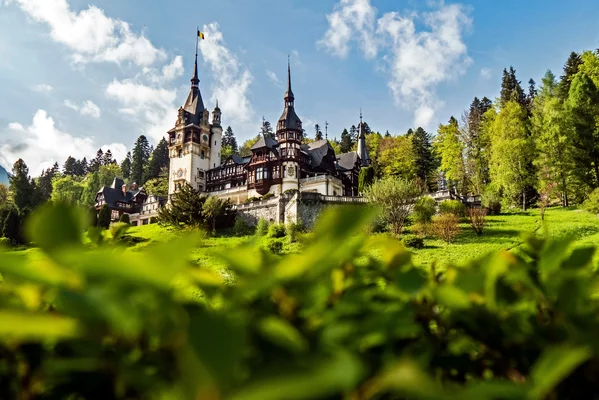
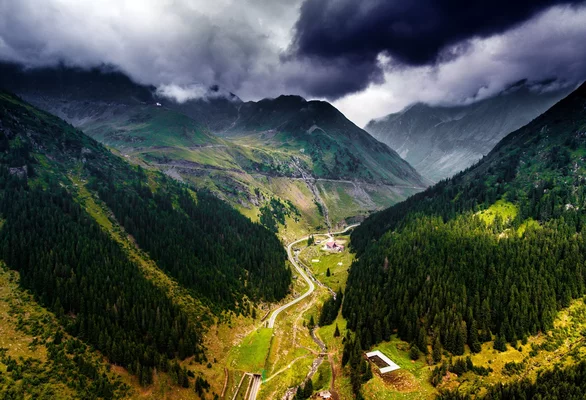
Our next destination on the journey is Veliko Tarnovo in Bulgaria. The route from Sibiu to Veliko Tarnovo is around 400 kilometres and takes us through the picturesque landscapes of Romania and Bulgaria. Veliko Tarnovo, often referred to as the ‘City of the Tsars’, is known for its rich history and breathtaking architecture.
Once in Veliko Tarnovo, you should visit the imposing Tsarevets Fortress, which once served as the seat of the Bulgarian tsars. The fortress not only offers an insight into medieval history, but also a spectacular view of the surrounding landscape. The picturesque old town with its narrow streets, historic buildings and cosy cafés invites you to stroll and linger.
Campsites
- Camping Veliko Tarnovo - This campsite is located about 10 kilometres south of Veliko Tarnovo in the village of Dragizhevo. Camping Veliko Tarnovo offers spacious pitches with electricity, modern sanitary facilities and a swimming pool. The peaceful and green surroundings make this campsite an ideal place for rest and relaxation.
- Kapinovski Monastery Camping - Located just 15 kilometres southwest of Veliko Tarnovo, this campsite offers a unique location near the Kapinovski Monastery. The campsite has well-maintained pitches, a restaurant, a swimming pool and various leisure activities. The proximity to the monastery and the beautiful nature make this campsite a special experience.
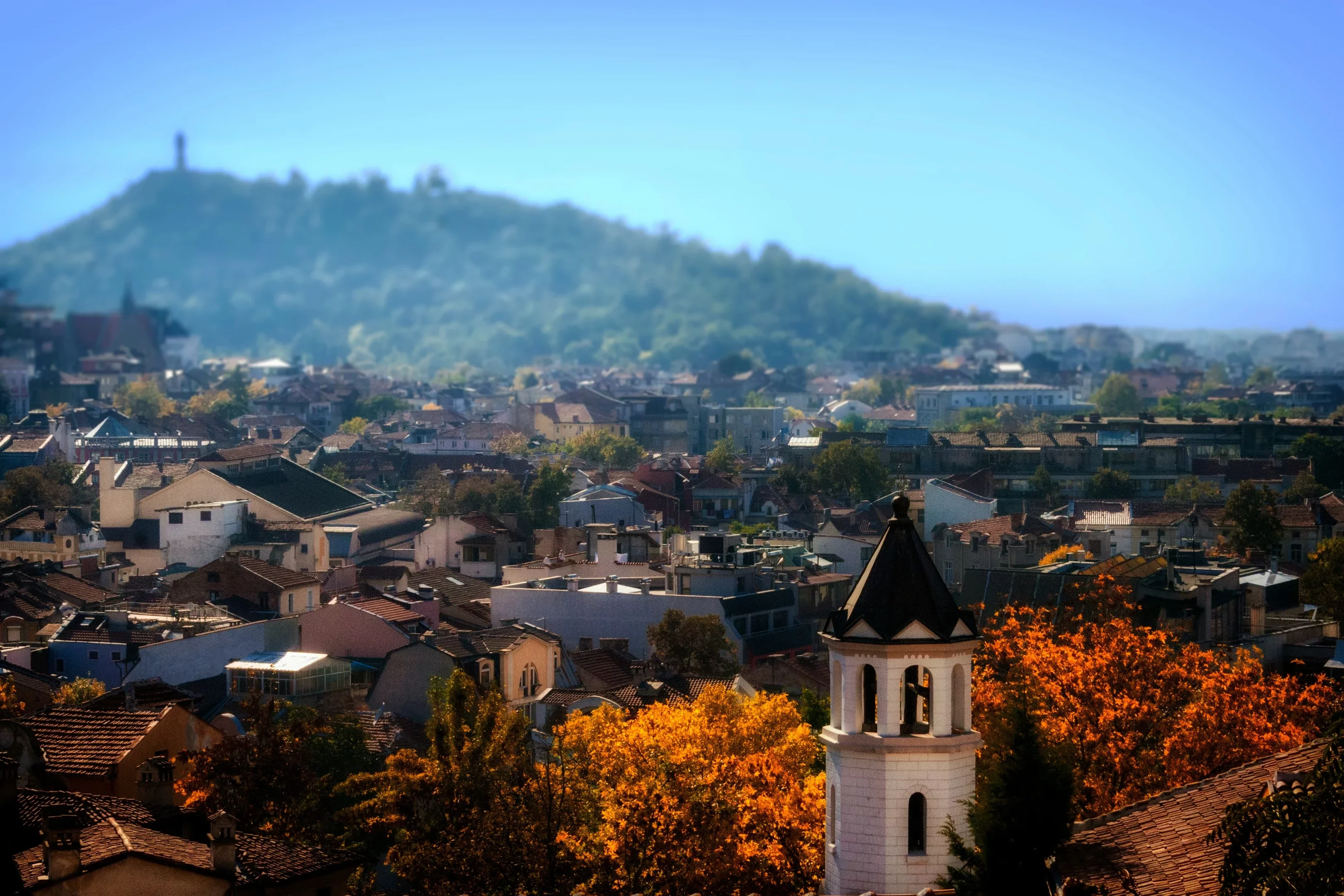

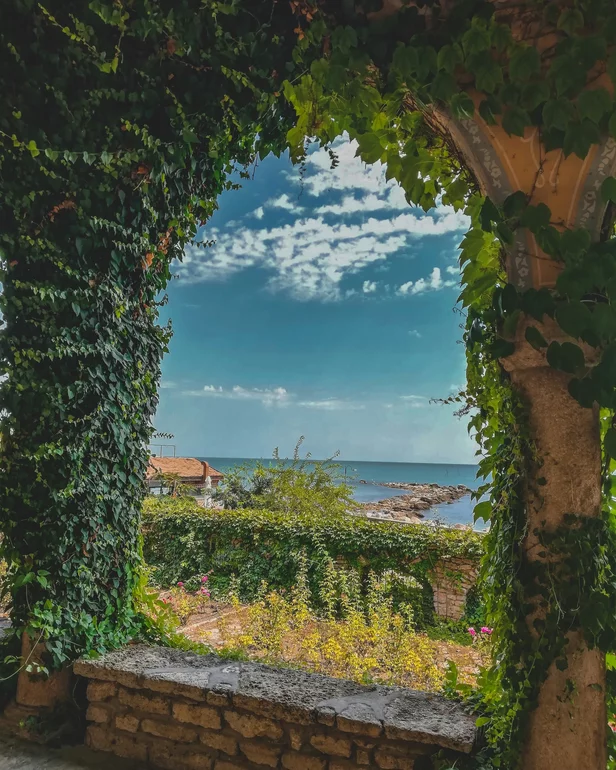
Our next destination on the journey is Sofia, the capital of Bulgaria. The route from Veliko Tarnovo to Sofia is around 220 kilometres and takes us through the varied and impressive landscape of central Bulgaria. Sofia awaits us with a wealth of sights that make up the cultural heart of the city.
One of the most impressive buildings in Sofia is the Alexander Nevsky Cathedral. This magnificent Orthodox cathedral, one of the largest in the world, is a symbol of the city and is characterised by its golden domes and impressive architecture. Another highlight is Vitosha Boulevard, Sofia's main shopping street, which invites you to stroll and shop. Here you will find numerous shops, cafés and restaurants that invite you to linger.
Art lovers should not miss the National Art Gallery, which offers an extensive collection of Bulgarian art from the Revival period to the present day. There are also many museums, historical sites and parks that reflect the charm and history of the city.
Campsites
- Camping Vakarel - Camping Vakarel is located about 30 kilometres east of Sofia and offers spacious pitches with beautiful views of the Vitosha Mountains. The campsite has modern sanitary facilities, electricity connections and a small shop. The peaceful surroundings and proximity to nature make this site an ideal base for exploring Sofia and its surroundings.
- Camping Bor - This campsite is located about 20 kilometres southwest of Sofia near the Vitosha Nature Park. Camping Bor offers well-equipped pitches, clean sanitary facilities and various leisure activities such as hiking and cycling. The location at the foot of the Vitosha Mountains makes it possible to enjoy nature while being within easy reach of the city of Sofia.
Our journey continues towards Belgrade, the vibrant capital of Serbia. The route from Sofia to Belgrade stretches for around 400 kilometres and offers a varied journey through the Balkan region. Belgrade, one of the oldest cities in Europe, is famous for its rich history and vibrant culture.
A must-see during your visit to Belgrade is the imposing Belgrade Fortress. This historic site not only offers impressive views of the city and the confluence of the Danube and Sava rivers, but also an insight into the region's eventful past. The fortress is surrounded by a beautiful park that invites you to stroll and linger. Another highlight is the Skadarlija artists' quarter. This picturesque cobbled street is lined with traditional restaurants, bars and galleries. Skadarlija is often compared to Montmartre in Paris and is the perfect place to experience Belgrade's cultural life. The Temple of St Sava is one of the largest Orthodox churches in the world and impresses with its sheer size and magnificent architecture. The temple is a symbol of Serbia's spiritual and cultural identity and offers an impressive experience for visitors.
Campsites
- Camping Dunav - Camping Dunav is located about 10 km northwest of Belgrade city centre and directly on the Danube. The campsite offers spacious pitches, modern sanitary facilities and peaceful, green surroundings. The proximity to the river enables numerous leisure activities such as fishing and boat trips, while the good transport links make it easy to explore the city.
- Camping Zasavica - Located about 80 kilometres west of Belgrade, this campsite is situated in a nature reserve. Camping Zasavica offers pitches surrounded by nature, clean sanitary facilities and many leisure activities such as bird watching and hiking. This campsite is ideal for nature lovers who also want to enjoy the proximity to the capital.
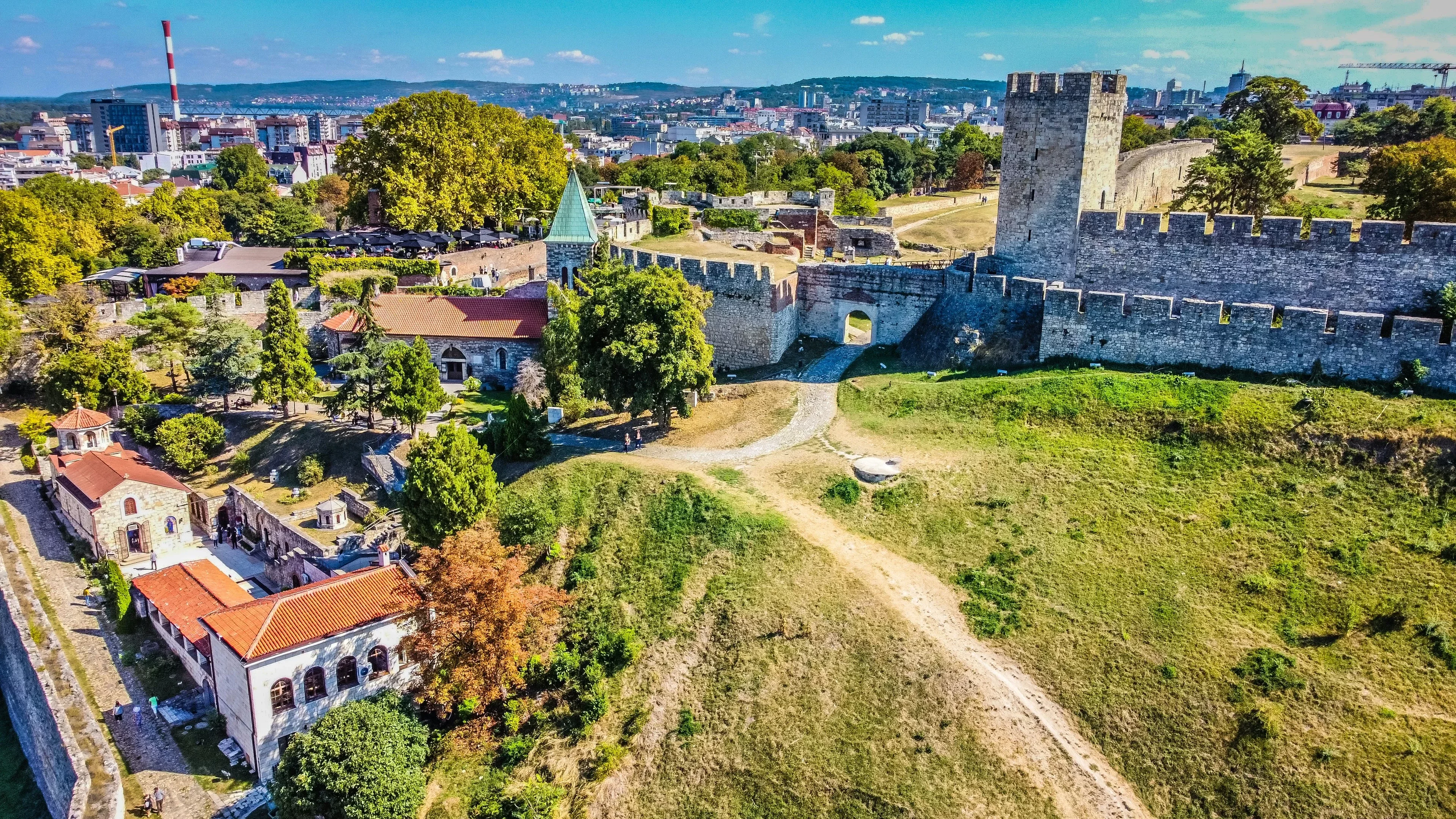
Our next destination is Sarajevo, the capital of Bosnia and Herzegovina. The route from Belgrade to Sarajevo is about 300 kilometres and leads through the breathtaking landscape of the Dinaric Alps. Sarajevo is a city rich in history and culture and delights visitors with its unique atmosphere and multicultural heritage.
An absolute must-see in Sarajevo is the Baščaršija, the historic old town. This bustling bazaar is the cultural and commercial centre of the city and offers a variety of shops, cafés and restaurants. Here you can enjoy traditional Bosnian craftsmanship, delicious local food and the lively atmosphere of the city. Another significant site is the Latin Bridge, known as the site of the assassination of Archduke Franz Ferdinand in 1914, which triggered the First World War. The bridge and its museum offer a deep insight into the history of the region. The Yellow Bastion is another highlight, offering a breathtaking view over the city and its surroundings. The fortress is a favourite spot for locals and tourists to enjoy the picturesque view, especially at sunset.
Campsites
- Camping Sarajevo - Located about 10 km south of the city centre, this campsite offers well-equipped pitches, modern sanitary facilities and free Wi-Fi. Camping Sarajevo is known for its friendly atmosphere and easy access to the city centre, making it an ideal choice for visitors.
- Oaza Camp - Oaza Camp is located about 15 kilometres west of Sarajevo and is surrounded by beautiful nature. The campsite offers spacious pitches, a restaurant and leisure activities such as fishing and hiking. The quiet location and proximity to Sarajevo make this site particularly attractive for nature lovers.
- Autocamp Ilidza - Only 12 km from the city centre, this campsite offers comfortable pitches, modern facilities and a small shop. Autocamp Ilidza is close to the famous Ilidza thermal springs and is an ideal base for exploring both the natural and cultural attractions of Sarajevo.
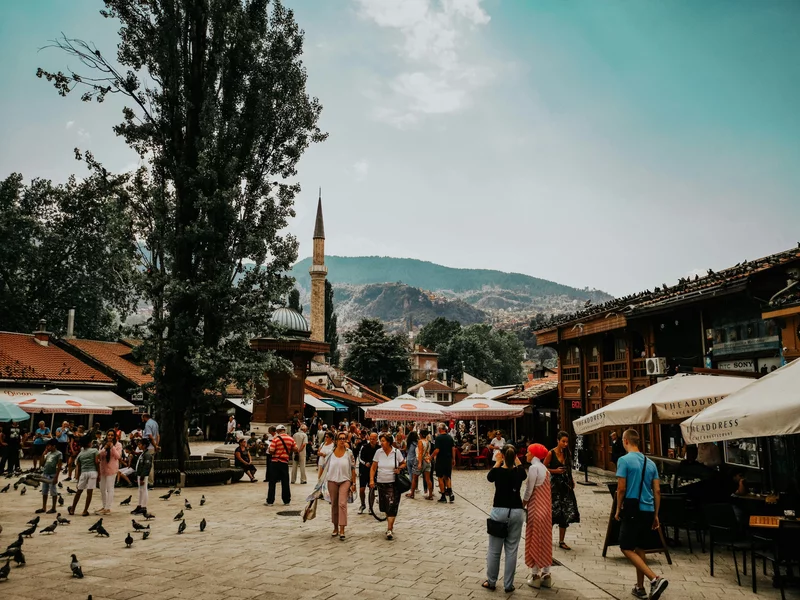
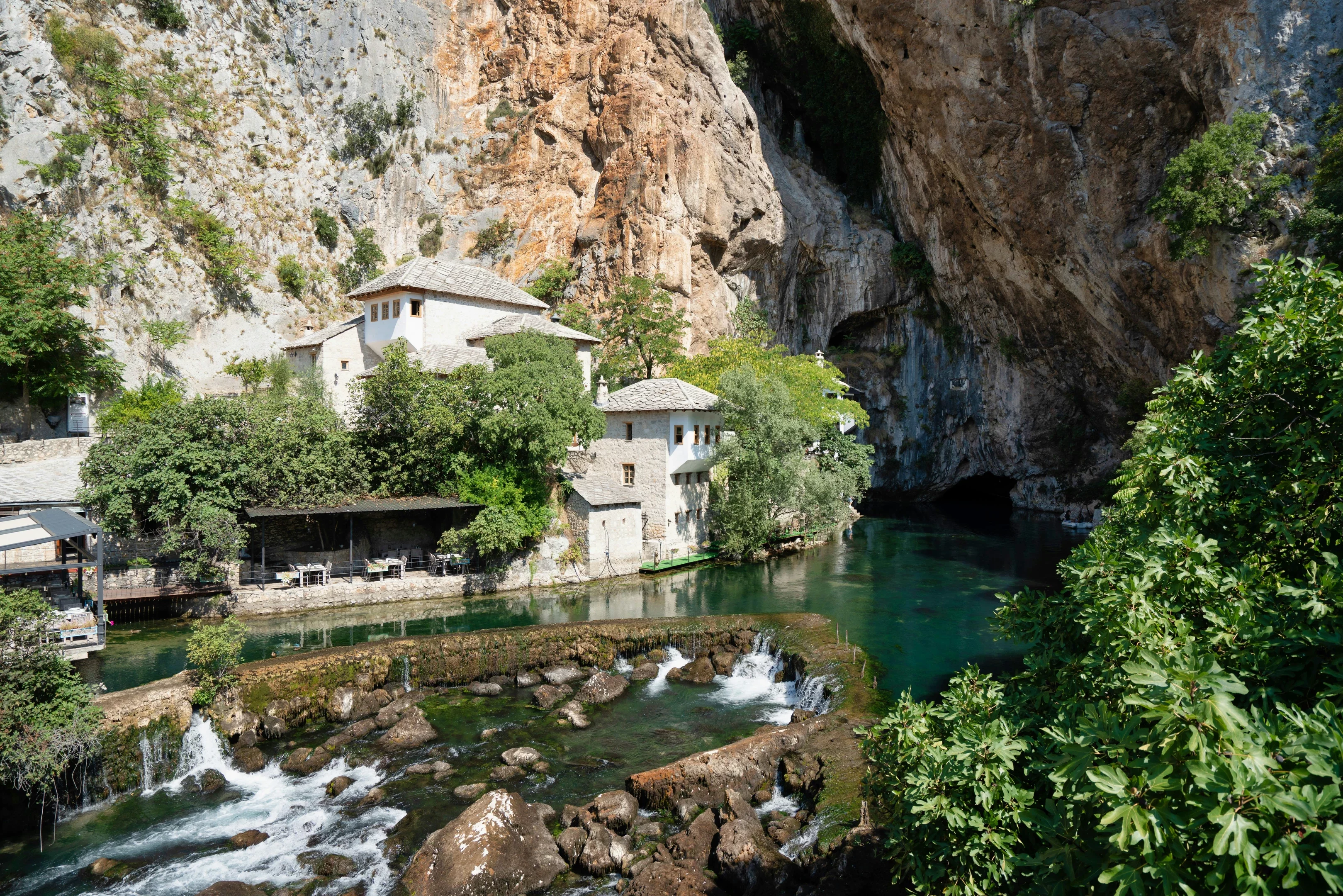
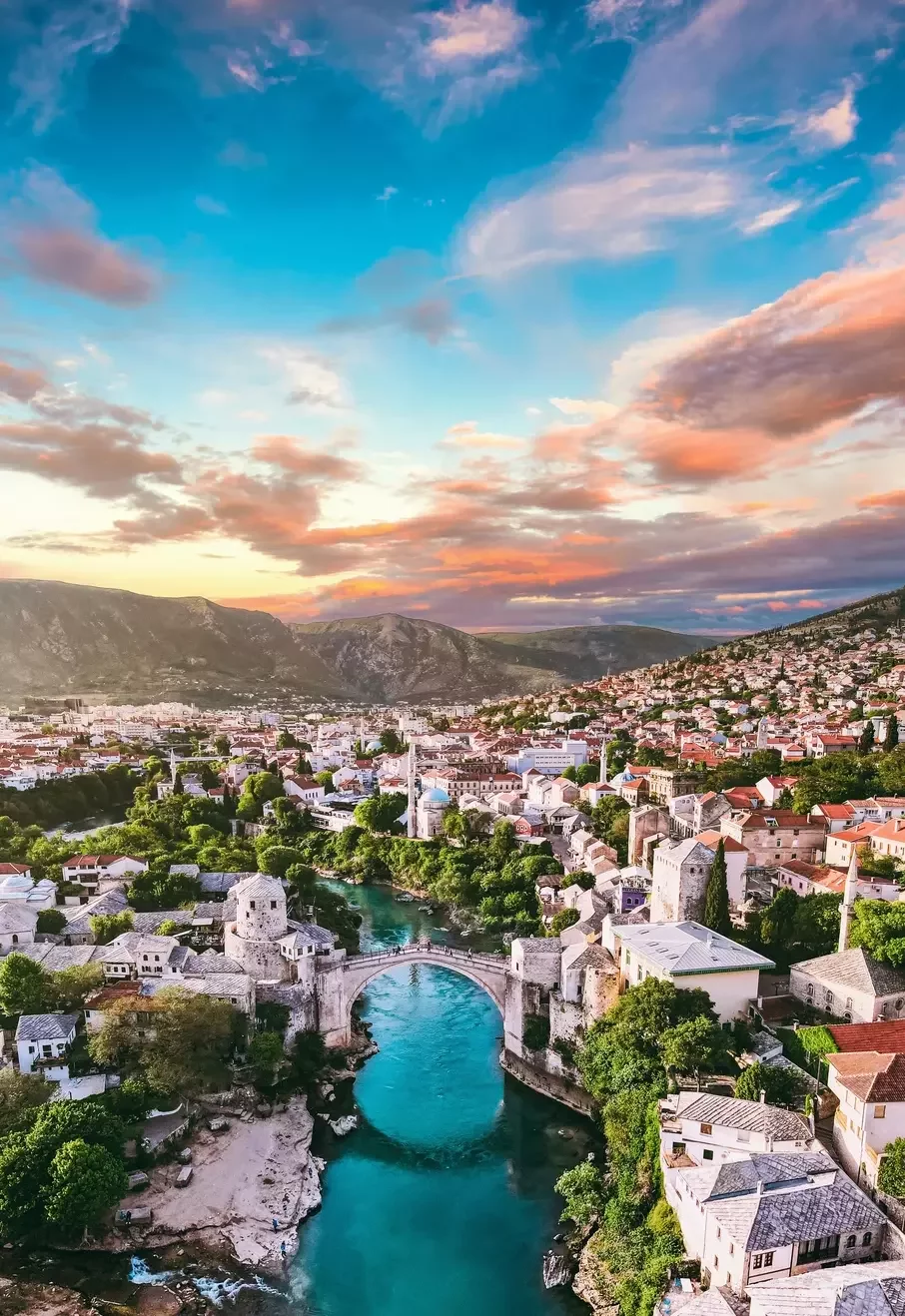
On the way back, we stop off in Zagreb, the lively capital of Croatia. The route from Sarajevo to Zagreb is around 400 kilometres and passes through the fascinating regions of Bosnia and Croatia. Zagreb is a city that offers a fascinating mix of historical and modern architecture and numerous cultural highlights for visitors.
An absolute highlight is Zagreb Cathedral, whose striking towers characterise the cityscape. The cathedral is not only an important religious centre, but also impresses with its Gothic architecture and ornate details. A stroll through Ban Jelačić Square, the beating heart of the city, is also not to be missed. This central square is a popular meeting place and is surrounded by important buildings and shopping facilities. Another cultural highlight is the Museum of Broken Relationships. This unique museum displays personal artefacts donated by people from all over the world to tell the stories behind their failed relationships. It is a fascinating and moving insight into human nature and the universal experiences of love and loss.
Campsites
- Camp Zagreb - Camp Zagreb is located about 15 km west of the city centre and offers a quiet, natural environment right by the lake. The campsite has modern sanitary facilities, pitches with electricity and a restaurant. The location near the lake offers numerous leisure activities such as swimming, fishing and boating, while the good connections to the city centre make it easy to explore Zagreb.
- Plitvice Holiday Resort - Although a little further afield, some 70 kilometres south of Zagreb, this resort offers first-class accommodation in a beautiful natural setting. Plitvice Holiday Resort has spacious pitches, modern facilities and numerous leisure activities such as hiking and cycling. It is an ideal place to visit the famous Plitvice Lakes while enjoying the proximity to the capital.
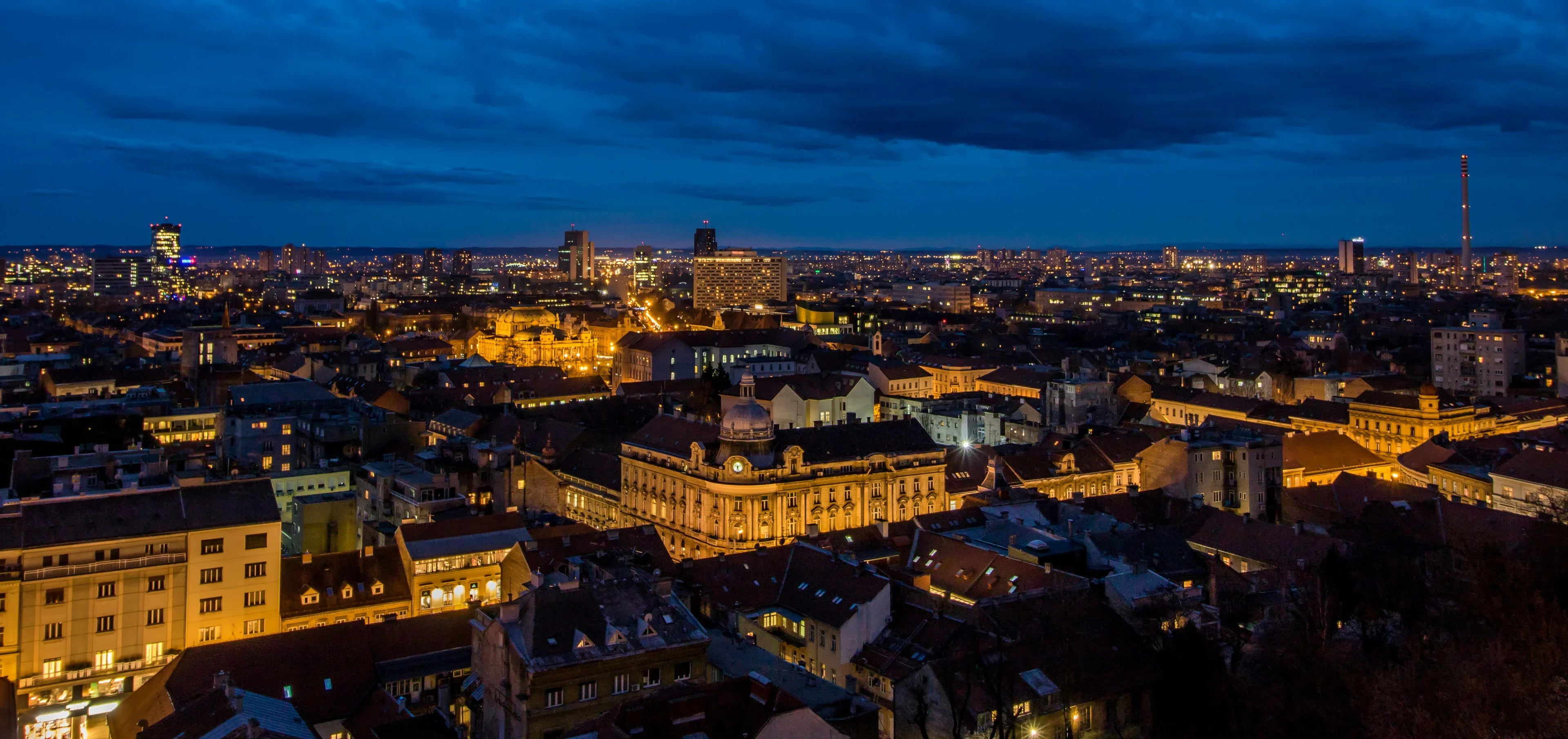
Our PIA Camper trip ends with our return to Austria, the starting point of our two-week round trip. The route from Zagreb to Austria takes us past idyllic villages and lush forests that frame the end of our adventurous journey.
After two weeks full of adventure and unforgettable experiences, we return home. We are enriched by the diverse impressions and experiences we have gathered along the way. Every stop on our journey - from the historical splendour of Budapest to the cultural diversity of Sibiu, the regal atmosphere of Veliko Tarnovo, the vibrant energy of Sofia and Belgrade, the moving history of Sarajevo and the architectural beauty of Zagreb - has offered us unique perspectives and unforgettable moments.
We crossed the majestic mountains and deep forests of Eastern Europe, visited picturesque villages and vibrant cities, experienced the hospitality of the people and tasted the culinary specialities of each region. The journey itself, through hilly landscapes, along great rivers and through historic cities, was just as fascinating as the destinations we reached.
Now we are returning to Austria with a heart full of memories and a camera full of photos. This trip not only broadened our knowledge and understanding of the countries of Eastern Europe, but also showed us how diverse and rich in experiences travelling by camper can be. The freedom to spontaneously discover new places and immerse ourselves in the culture and nature of the regions makes camping a particularly intense and enriching way of travelling.
With these valuable memories and new experiences, we are already looking forward to the next trip, which will perhaps take us to new destinations and adventures.
